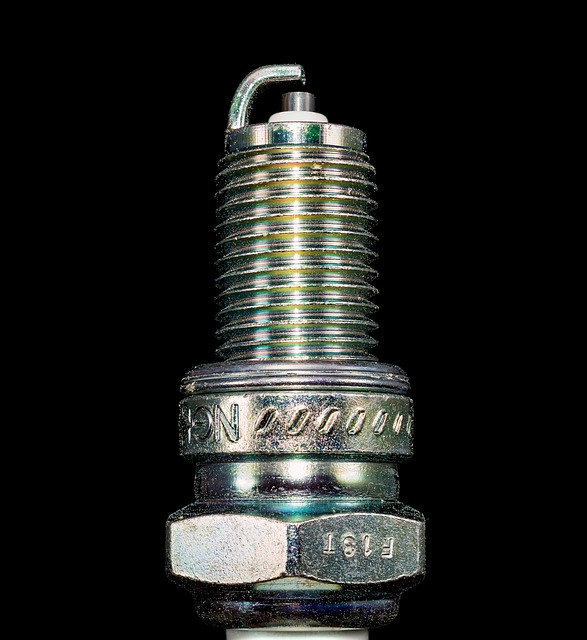Tin is a chemical element that has an atomic number (Z) of 50. It has a relative atomic mass of 118.710 AMU and represented by the symbol Sn. In the periodic table, it is group 14 (carbon group) and period 5. The ground state electronic configuration of Tin is 1s2, 2s2, 2p6, 3s2, 3p6, 3d10, 4s2, 4p6, 5s2, 4d10, 5p2. Tin has 50 electrons, 50 protons and 69 neutrons. Tin has two main allotropes α-tin which has grey color while β-tin allotrope has silver-white color.
At room temperature Tin is solid. The beta allotrope has a density of 7.265 g/cm3 and the alpha allotrope has 5.769 g/cm3. Its melting point is 505.08 K ?(231.93 °C, ?449.47 °F) and its boiling point is 2875 K ?(2602 °C, ?4716 °F). The oxidation states are −4, −3, −2, −1, 0, +1, +2, +3,+4. The electronegativity of Tin is 1.96 (Pauling scale). The energy for the first ionization required is 708.6 kJ/mol.
Tin has the greatest number of stable isotopes. It has ten stable isotopes. Sn-120 is the most abundant isotope of Tin with an abundance of 32.58%. The extraction and uses of Tin are traced back to the beginnings of the Bronze Age around 3000 BC. It's been such a long history so it is hard to find and know who discovered it.
Tin is hard to find as a free in elemental form. It is extracted from different ores. The only commercially important ore it has is Cassiterite. It can also be recovered from ores of sulfides such as teallite, franckeite, canfieldite, stannite, and cylindrite.
The main producer of Tin is China, Malaysia, Peru, Indonesia, Bolivia, Russia, Australia, and Thailand. New deposits have been discovered in Mongolia and Colombia in 2009.
Tin has a wide range of application some of them are:
Molten Tin is used in the preparation of float glass. The process is called the "Pilkington process".
Indium tin oxide is used in transparent conducting films which has applications in Optoelectronics devices.
Niobium tin alloy is used in coils of superconducting magnets.
Tin is used in plating. It prevents metals like lead, iron, and copper from corrosion.
Its alloy with lead is used in solder.
Organotin compounds are used as biocidal in the form of fungicides, pesticides, and algaecides.
Tin is used in Tributyltin oxide which is used as wood preservatives.
Organotin compounds are used as PVC plastic stabilizers which keep them from degradation.
How many valence electrons does tin have?
Tin (Sn) has 4 valence electrons. Two electrons are in the 5s and two are in the 5p orbitals. The ground state electronic configuration of Tin is 1s2, 2s2, 2p6, 3s2, 3p6, 3d10, 4s2, 4p6, 5s2, 4d10, 5p2.
When was tin discovered?
It is very hard to find out who discovered and extracted it because there is no written history. The use and extraction of Tin can be dated back to the Bronze age around 3000 BC. Since then it is used by humans in different tools.
What is tin used for?
Some of the following are the uses of Tin and its compounds.
Its alloy with lead is used in solder.
Organotin compounds are used as biocidal in the form of fungicides, pesticides, and algaecides.
Tin is used in Tributyltin oxide which is used as wood preservatives.
Organotin compounds are used as PVC plastic stabilizers which keep them from degradation.
Molten Tin is used in the preparation of float glass. The process is called the "Pilkington process".
Indium tin oxide is used in transparent conducting films which has applications in Optoelectronics devices.
Niobium tin alloy is used in coils of superconducting magnets.
Tin is used in plating. It prevents metals like lead, iron, and copper from corrosion.




